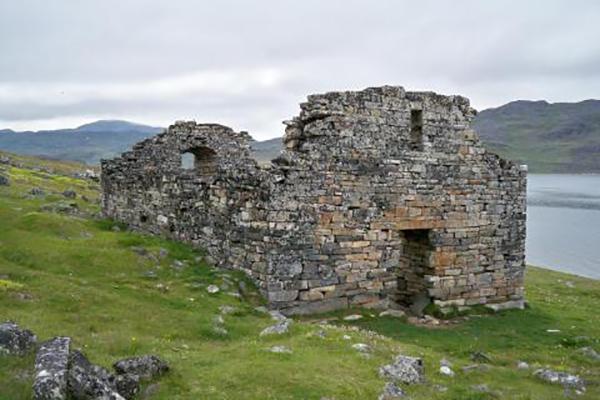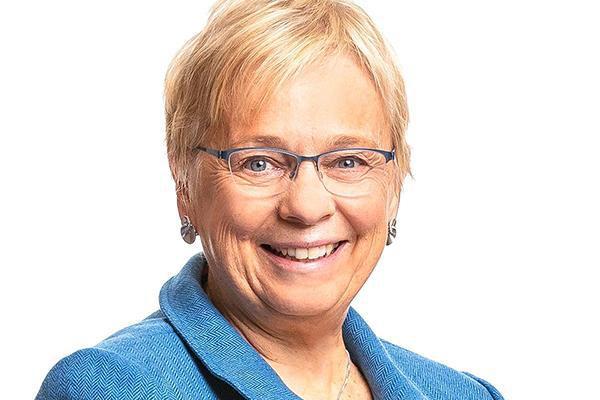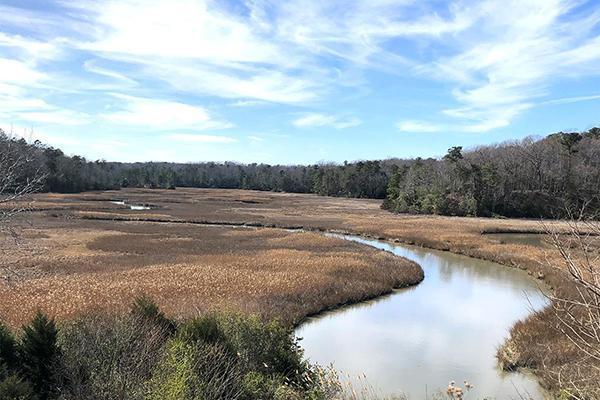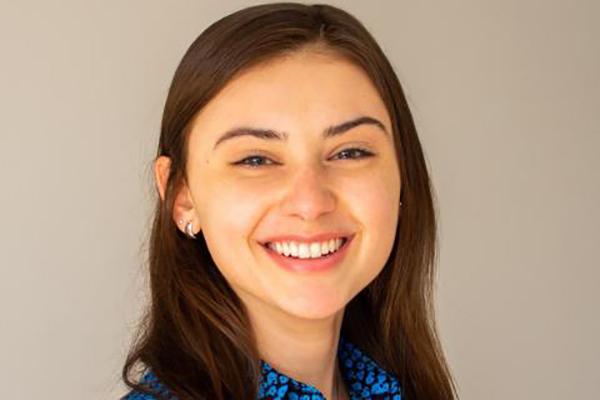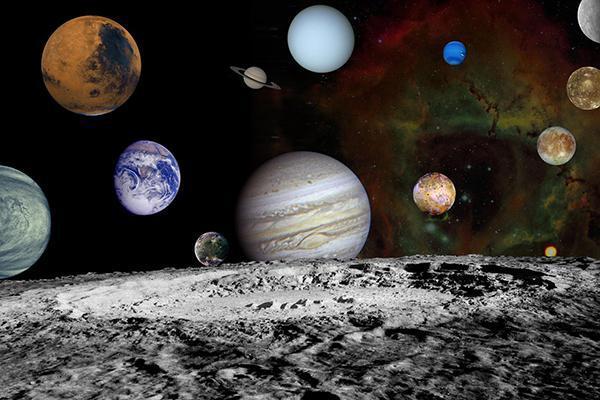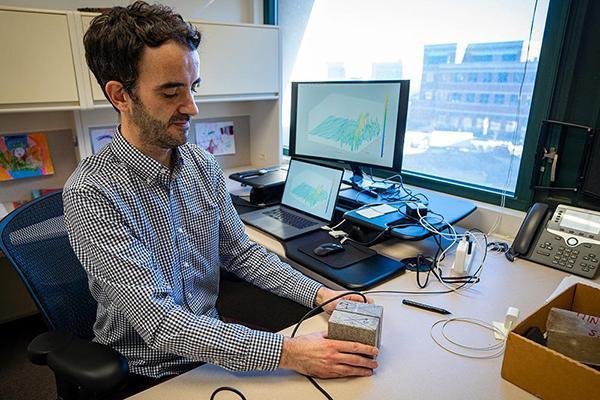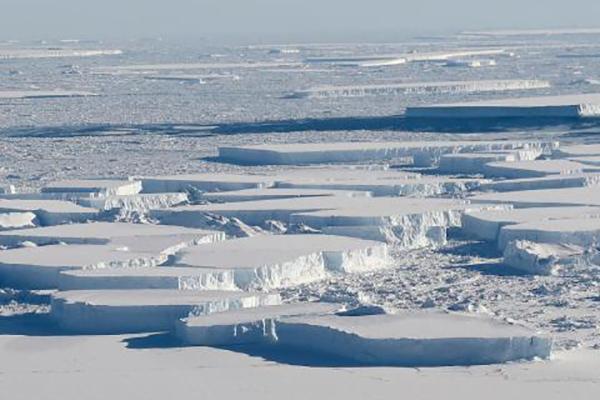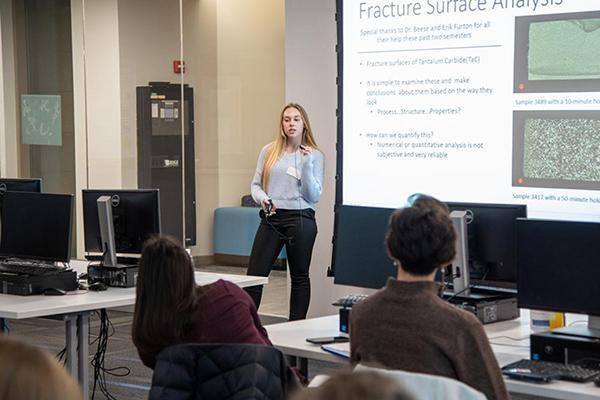Why did the Vikings disappear from Greenland 400 years after settling there? New research led by Harvard University and Penn State using geologic and climate records found that sea-level rise likely contributed to the Viking’s disappearance from the island in the 15th century.
Susan Avery, president emerita of the Woods Hole Oceanographic Institution, will deliver the commencement address for the College of Earth and Mineral Sciences’ 2023 baccalaureate degree commencement ceremony.
Six Penn State faculty members have received the 2023 George W. Atherton Award for Excellence in Teaching.
A Penn State-led interdisciplinary team of researchers across six institutions was awarded a $3.5 million grant from the National Science Foundation to investigate the role that macrobiota, such as clams, salt marshes and seagrasses, play in carbon cycling in estuaries.
Enrolling in Geoscience 435 in fall 2021, fourth-year Penn State student Alysha Ulrich did not expect to end the course with a literature review on-track to be published in a peer-reviewed academic journal.
Bradford Foley, associate professor of geosciences at Penn State, will discuss habitability conditions of exoplanets at 4 p.m. Monday, April 3, in 112 Walker Building at University Park and on Zoom.
As Guido Cervone takes the reins as president of the natural hazards section of the American Geophysical Union (AGU) he brings with him decades of experience in using machine learning, remote sensing and increasing representation to forecast, respond and mitigate dangers from natural hazards.
Earthquakes are notoriously hard to predict, and scientists currently rely on seismic hazard maps to predict the likelihood of an earthquake to strike a particular region.
In 2002, an area of ice about the size of Rhode Island dramatically broke away from Antarctica as the Larsen B ice shelf collapsed. A new study of the conditions that led to the collapse may reveal warning signs to watch for future Antarctic ice shelf retreat, according to a Penn State-led team of scientists.
Just about a year into her Penn State experience, second-year geosciences student Grace Druschel felt she already was making strides toward her research goals. Better yet, she was working on something she believes has extreme societal importance.


